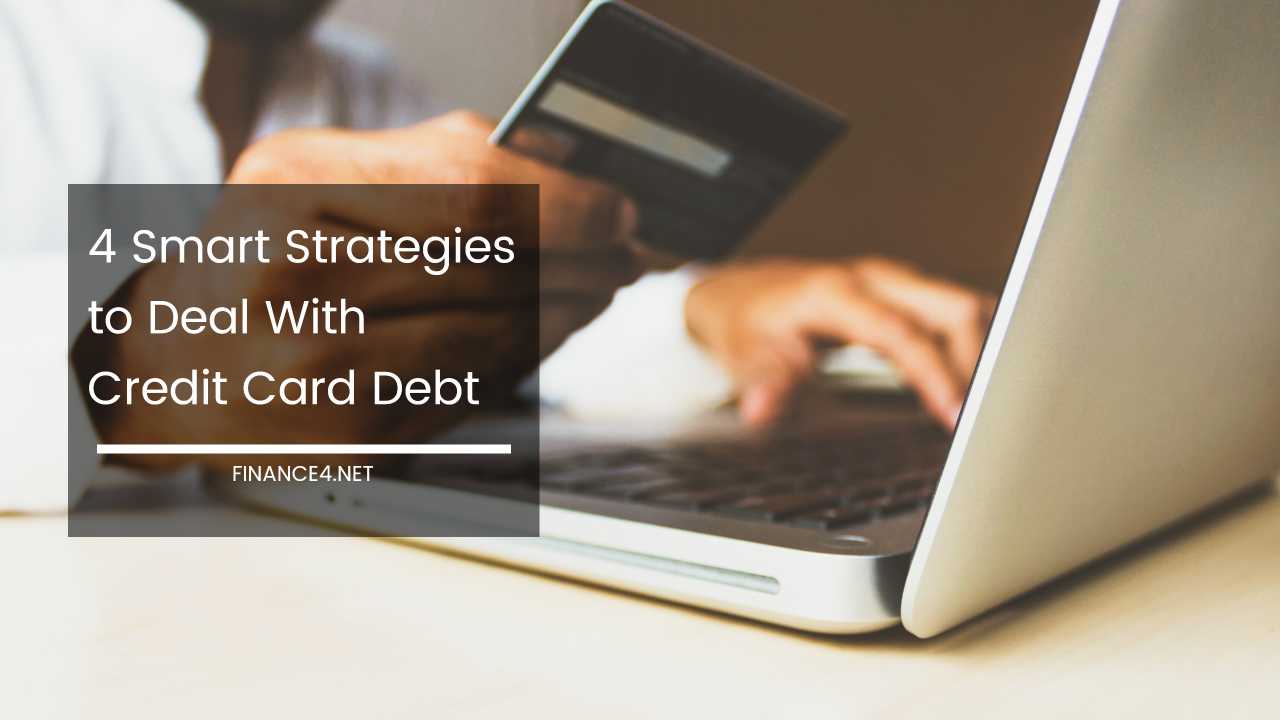Conquer Credit Card Debt: 5 Smart Strategies for Financial Freedom

Crushing Credit Card Debt: 5 Powerful Strategies for Lasting Financial Freedom
Credit cards can be a powerful financial tool, offering convenience, rewards programs, and the ability to build credit. However, when financial hardship strikes, it’s easy to fall into a suffocating cycle of credit card debt.
This debt can not only drain your wallet but also cause significant stress and anxiety. Here, we’ll explore 5 powerful strategies to help you conquer credit card debt and achieve lasting financial freedom.
1. Prioritize Your Payoff Targets: A Surgical Strike on High-Interest Debt
Imagine yourself on a battlefield facing an army of creditors, each demanding tribute. Wouldn’t you target the most dangerous enemies first?
The same strategy applies to credit card debt. While tackling everything simultaneously might feel overwhelming, a strategic approach focused on high-interest cards can save you a significant amount of money in the long run.
-
Identify the Culprits: Gather all your credit card statements. List each card, its current balance, and its Annual Percentage Rate (APR). The APR is the true cost of borrowing, reflecting interest and fees charged annually. Focus on cards with the highest APRs – these are the most aggressive foes, draining your wallet with every passing month.
-
Conquer High-Interest Cards First: Once you’ve identified the most threatening debts, allocate a larger portion of your income toward paying them down. This focused attack reduces the principal balance faster, minimizing the accumulating interest. Here’s an illustrative example: Imagine two credit cards – one with a 2% APR and a $1,000 balance, and another with a 20% APR and a $500 balance. While the $1,000 debt seems larger, the high-interest card (20% APR) is actually costing you more. By tackling this one first, you save more money in the long run.
2. Ditch the Minimum Payment Trap: A Pathway to Freedom, Not a Dead End
Many people fall prey to the deceptive allure of the minimum payment. Credit card companies set these payments deceptively low, making it seem like you’re making progress.
However, the minimum payment often covers only the interest accrued, barely touching the principal balance. This creates a seemingly endless cycle of debt, where you’re constantly treading water but never reaching the shore.
-
The Minimum Payment Illusion: Let’s say your credit card has a 15% APR and a $2,000 balance. The minimum payment might be $50. While you might make payments year after year, at this rate, it could take decades to pay it off! Most of that $50 goes towards interest, not reducing the actual debt.
-
Break Free from the Cycle: Commit to paying more than the minimum. Every additional dollar you pay goes directly towards reducing your principal balance, accelerating your debt payoff journey. Consider budgeting for a fixed monthly payment that’s significantly higher than the minimum. Even a small increase can make a big difference over time. Let’s revisit the previous example – if you can increase your monthly payment to $100, you’ll be debt-free in about 2 years instead of decades!
3. Build an Emergency Fund: A Safety Net for Unexpected Bumps
Life throws curveballs. An unexpected car repair, medical bill, or job loss can derail your debt-reduction efforts. Having an emergency fund provides a safety net, preventing you from relying on credit cards during financial emergencies.
-
Financial Buffer: Aim to save at least 3-6 months of living expenses as an emergency fund. This buffer protects you from using credit cards to cover unexpected costs. With peace of mind, you can stay focused on your debt-reduction plan.
-
Small Steps, Big Impact: Building an emergency fund doesn’t have to happen overnight. Start small, even with $25 or $50 a week. Automate transfers from your checking account to your savings to make saving effortless. Every bit saved is a step closer to financial security. Consider exploring high-yield savings accounts to maximize your emergency fund’s growth.
4. Conquer Your Debts in the Right Order: A Strategic Repayment Plan
Not all debts are created equal. Some, like mortgages or student loans, often come with lower interest rates and tax benefits. Prioritize high-interest credit cards for aggressive repayment, but don’t neglect other debts entirely.
-
Categorize Your Debts: List all your debts, including credit cards, personal loans, and lines of credit. Note their interest rates and any tax benefits associated with them, such as the interest deduction on student loans.
-
Strategic Repayment: Prioritize high-interest credit cards for aggressive repayment as discussed earlier. For other debts with lower interest rates, consider making minimum payments for now while focusing on eliminating the high-interest cards. Once those are gone, you can channel that extra money towards tackling the remaining debts. This approach allows you to make significant progress on the most expensive debts while managing your overall financial obligations.
Two Popular Debt Repayment Strategies:
There are two main strategies for tackling debt repayment: the avalanche method and the snowball method.
-
Avalanche Method: This method focuses on prioritizing debts with the highest interest rates first, regardless of the balance amount. As discussed previously, high-interest debts accrue the most significant charges, so eliminating them first saves you the most money in the long run. However, this method can be psychologically challenging as it might take longer to see complete debt elimination for smaller balances.
-
Snowball Method: This method prioritizes paying off debts with the smallest balances first, regardless of interest rate. This approach offers a quicker sense of accomplishment as you see debts disappear from your list, potentially boosting your motivation. While you might pay slightly more in total interest compared to the avalanche method, the psychological benefit of seeing quicker progress can be valuable.
5. Change Your Spending Habits to Prevent Future Debt
Conquering credit card debt is just one step towards financial freedom. The real challenge lies in preventing yourself from falling back into the debt trap. Developing healthy spending habits is crucial for long-term financial well-being.
-
Track Your Expenses: Awareness is the first step towards change. Start by tracking your expenses for a month. There are many budgeting apps and online tools available to help you categorize your spending. Understanding where your money goes allows you to identify areas for improvement.
-
Create a Budget: Once you understand your spending habits, create a realistic budget. Allocate funds for essential expenses like housing, food, and transportation. Include savings goals and allocate a specific amount towards debt repayment. There are many budgeting methods available – choose one that fits your lifestyle and financial goals.
-
Live Below Your Means: A fundamental principle of financial freedom is living within your means. Avoid lifestyle inflation – don’t increase your spending habits as your income rises. Prioritize saving and debt repayment over unnecessary luxuries.
-
Explore Alternative Payment Methods: Consider using debit cards or cash for everyday purchases. This approach encourages mindful spending as you’re limited to the funds readily available. Avoid carrying multiple credit cards with you.
-
Unsubscribe from Temptations: Marketing emails and social media can trigger impulsive purchases. Unsubscribe from marketing emails and be mindful of social media content that promotes excessive spending.
Final Thoughts: Achieving Lasting Financial Freedom
Conquering credit card debt is a journey, not a destination. It requires commitment, discipline, and a strategic approach.
By implementing the strategies outlined above, you can break free from the shackles of debt and achieve lasting financial freedom.
Remember, financial freedom is not just about the absence of debt; it’s about having control over your finances and the ability to pursue your financial goals.
The road to financial freedom will be unique to your individual circumstances. Be patient with yourself and celebrate your milestones along the way. With dedication and perseverance, you can achieve a secure and fulfilling financial future.



